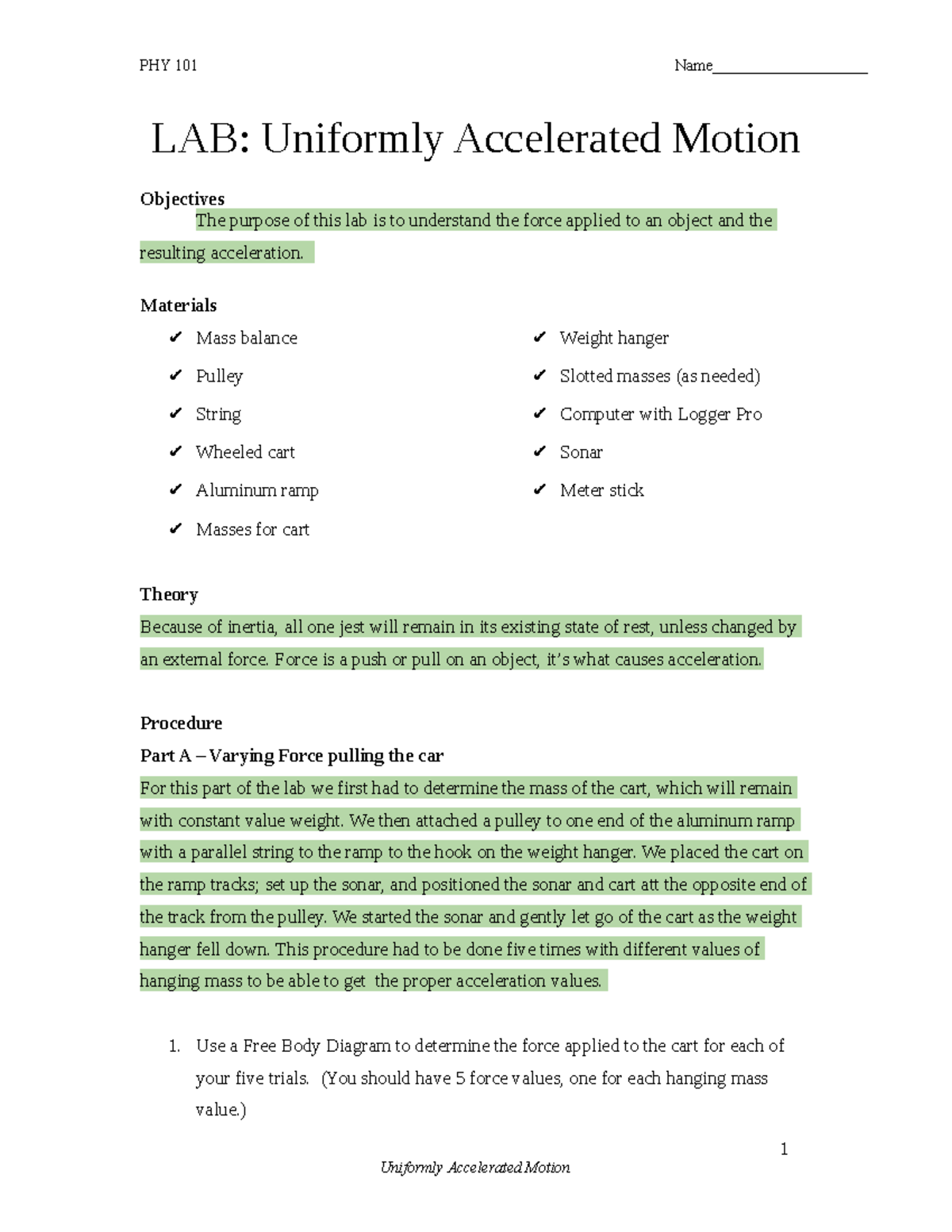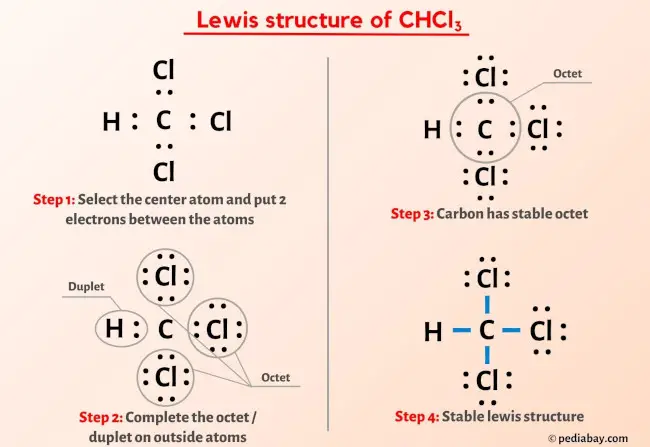PHY 101A Session 5 Discussion Highlights & Insights

Opening Paragraph
PHY 101A Session 5 was a treasure trove of insights, focusing on key physics concepts that bridge theory and real-world applications. From kinematics to energy conservation, the discussion highlighted essential principles every student should master. Whether you’re preparing for exams or seeking a deeper understanding, these highlights are tailored for both informational-intent and commercial-intent audiences. Let’s dive into the key takeaways and actionable insights from the session.
Key Concepts Covered in PHY 101A Session 5

The session emphasized kinematics, dynamics, and energy principles, breaking down complex topics into digestible segments. Here’s a breakdown:
Kinematics: Mastering Motion
- Position, Velocity, and Acceleration: The discussion clarified the relationships between these variables, using real-world examples like projectile motion.
- Graphical Analysis: Visual representations of motion were explored, helping students interpret graphs effectively.
📘 Note: Practice graphing problems to solidify your understanding of kinematics.
Dynamics: Forces and Newton’s Laws
- Newton’s Three Laws: The session reinforced how these laws govern motion and interactions between objects.
- Friction and Tension: Practical examples illustrated how these forces impact everyday scenarios.
📌 Note: Focus on problem-solving involving multiple forces for better grasp.
Practical Applications and Problem-Solving Strategies

The discussion wasn’t just theoretical—it was packed with problem-solving techniques and practical applications.
Energy Conservation: A Core Principle
- Kinetic and Potential Energy: The interplay between these energies was explained using examples like a swinging pendulum.
- Work-Energy Theorem: This theorem was applied to solve problems involving forces and displacement.
Tips for Effective Problem-Solving
- Break Down Problems: Identify knowns and unknowns before applying formulas.
- Use Visual Aids: Draw diagrams to visualize forces and motion.
- Practice Consistently: Regular practice is key to mastering physics concepts.
| Concept | Key Focus | Application |
|---|---|---|
| Kinematics | Motion Analysis | Projectile Motion |
| Dynamics | Force Interactions | Friction in Vehicles |
| Energy Conservation | Energy Transformation | Pendulum Swings |

Final Thoughts
PHY 101A Session 5 provided a comprehensive overview of foundational physics concepts, blending theory with practical problem-solving. By mastering kinematics, dynamics, and energy conservation, students can build a strong foundation for advanced studies. Remember, consistent practice and visual aids are your best tools for success.
Checklist for PHY 101A Success
- Review kinematics formulas and practice graphing.
- Apply Newton’s Laws to solve multi-force problems.
- Use the work-energy theorem to analyze energy transformations.
- Draw diagrams for every problem to visualize concepts.
What are the key topics covered in PHY 101A Session 5?
+The session focuses on kinematics, dynamics, and energy conservation, with practical problem-solving strategies.
How can I improve my problem-solving skills in physics?
+Break down problems, use visual aids like diagrams, and practice consistently to reinforce concepts.
Why is energy conservation important in physics?
+Energy conservation is a fundamental principle that explains how energy transforms between kinetic and potential forms, crucial for solving dynamics problems.
Related Keywords: PHY 101A tips, kinematics examples, dynamics problem-solving, energy conservation applications, physics study guide.


